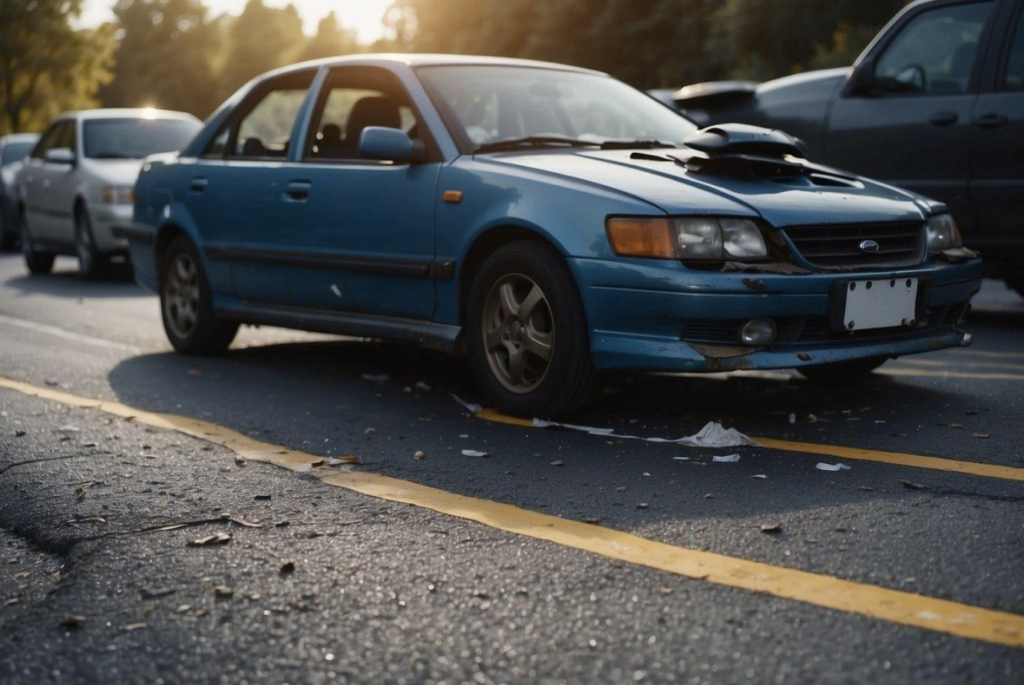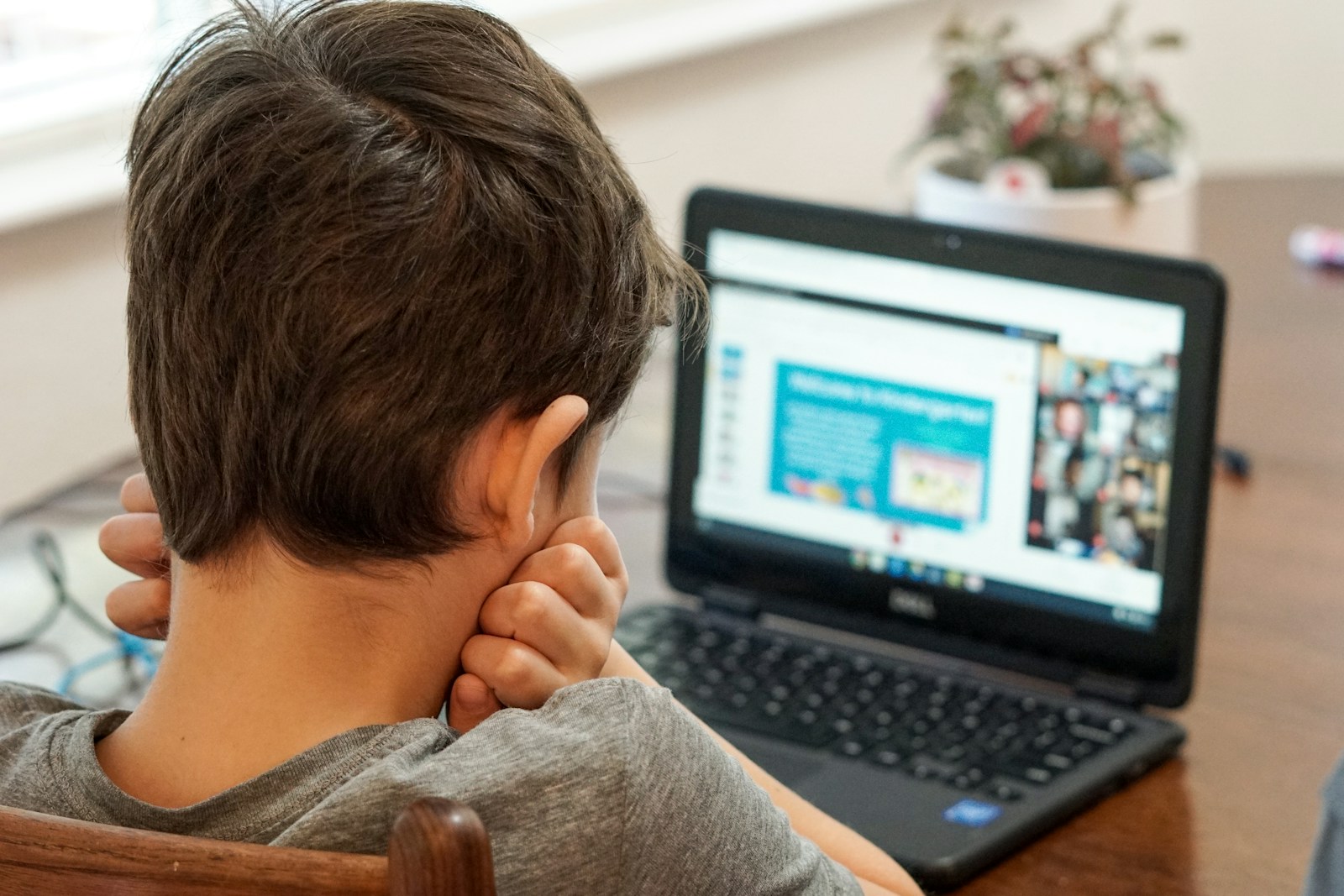Now Reading: Communicating With Pedestrians on Shared Sidewalks and Paths
-
01
Communicating With Pedestrians on Shared Sidewalks and Paths

Communicating With Pedestrians on Shared Sidewalks and Paths
Shared sidewalks and paths are increasingly common in busy cities and suburban areas. Cyclists, runners, and scooter users often share these spaces with pedestrians, creating unique challenges in terms of safety and communication. In cases where accidents occur, consulting Fang Law Firm can provide guidance on your legal options and help protect your rights. Whether you are walking, riding, or jogging, understanding how to clearly and respectfully interact with others on these paths can prevent accidents, reduce frustration, and keep everyone moving safely.
Why Communication Matters on Shared Paths
Effective communication is the cornerstone of safety on shared sidewalks and multi-use paths. Unlike roads with dedicated lanes and traffic lights, these areas often lack formal signals, meaning pedestrians and riders must rely on verbal cues, gestures, and predictable movements. Misunderstandings can lead to near misses or even serious collisions, especially when someone is moving at a faster pace or not paying attention.
A simple “on your left” or a friendly bell ring may seem minor. Still, these small actions help prevent confusion. When everyone understands what others are doing, it creates a more cooperative environment and reduces tension between walkers and riders.
Use Clear and Simple Verbal Cues
One of the easiest ways to communicate with pedestrians is by using short, polite phrases. If you are passing someone while cycling, jogging, or riding a scooter, a quick “passing on your left” alerts them to your presence and gives them time to move slightly aside if needed.
Pedestrians can also use verbal cues, especially when walking in groups or with pets, to help maintain social distancing. Saying “dog on leash” or “two walkers ahead” can alert others to potential obstacles. Clarity is key, so keep your voice calm and loud enough to be heard without sounding aggressive.
Body Language Speaks Volumes
Nonverbal communication is just as important as what you say. Making brief eye contact before passing someone signals that you are aware of each other. A friendly wave or nod can also show acknowledgment, fostering a sense of shared space.
For riders, slowing down slightly as you approach pedestrians shows courtesy and signals that you are in control. Pedestrians, on the other hand, can step somewhat to the right or keep pets close to indicate awareness and cooperation.
Be Mindful of Technology Distractions
In today’s world, headphones and smartphones often interfere with safe communication. Pedestrians scrolling through their phones or riders with both earbuds in may miss verbal cues or the sound of approaching footsteps.
To keep everyone safe, consider keeping one earbud out or lowering the volume of your music when using shared spaces. This way, you can hear others signaling their presence or issuing warnings. Likewise, if you need to stop and check your phone, step to the side of the path to avoid creating a sudden obstacle.
Anticipate and Adapt to Different Users
Shared paths often host a diverse mix of users, ranging from parents with strollers to children on scooters and seniors taking leisurely walks. Being aware of the diverse range of people helps you adjust your communication style.
For example, when passing children, slow down and give a wider berth, as kids may make unpredictable movements. When interacting with older pedestrians or those using mobility aids, use slower and more transparent communication, and allow extra time for them to respond. Adapting your behavior to the situation shows respect and helps prevent accidents.
Stay Predictable and Consistent
Predictability is crucial in preventing misunderstandings on shared sidewalks and paths. Maintain a steady pace and avoid sudden stops or turns without giving advance notice of your intentions. For riders, using a bell or a light tap of the brakes before a turn can alert pedestrians nearby. Pedestrians should also walk consistently in one direction and avoid drifting across the path without looking around.
Consistency builds trust among users of the path, making it easier for everyone to anticipate movements and react accordingly.
When Accidents Happen
Despite the best efforts at communication, accidents can still occur on shared paths. A cyclist may collide with a pedestrian, or a jogger could trip due to sudden movement in the crowd. If an incident occurs, remain calm and check for injuries immediately. Exchange contact information and document the situation with photos if needed.
If you are injured in a collision on a shared path, consider speaking with a pedestrian lawyer. They can help you understand your rights, determine liability, and guide you through the process of seeking compensation for medical bills or other damages.
Conclusion
Clear and respectful communication keeps shared sidewalks and paths safe for everyone. Using verbal cues, body language, and predictable movements can significantly reduce the risk of accidents and create a cooperative environment where pedestrians, cyclists, and riders coexist smoothly. However, if an accident occurs and you suffer an injury, do not hesitate to consult Fang Law Firm to protect your rights and explore your legal options.










